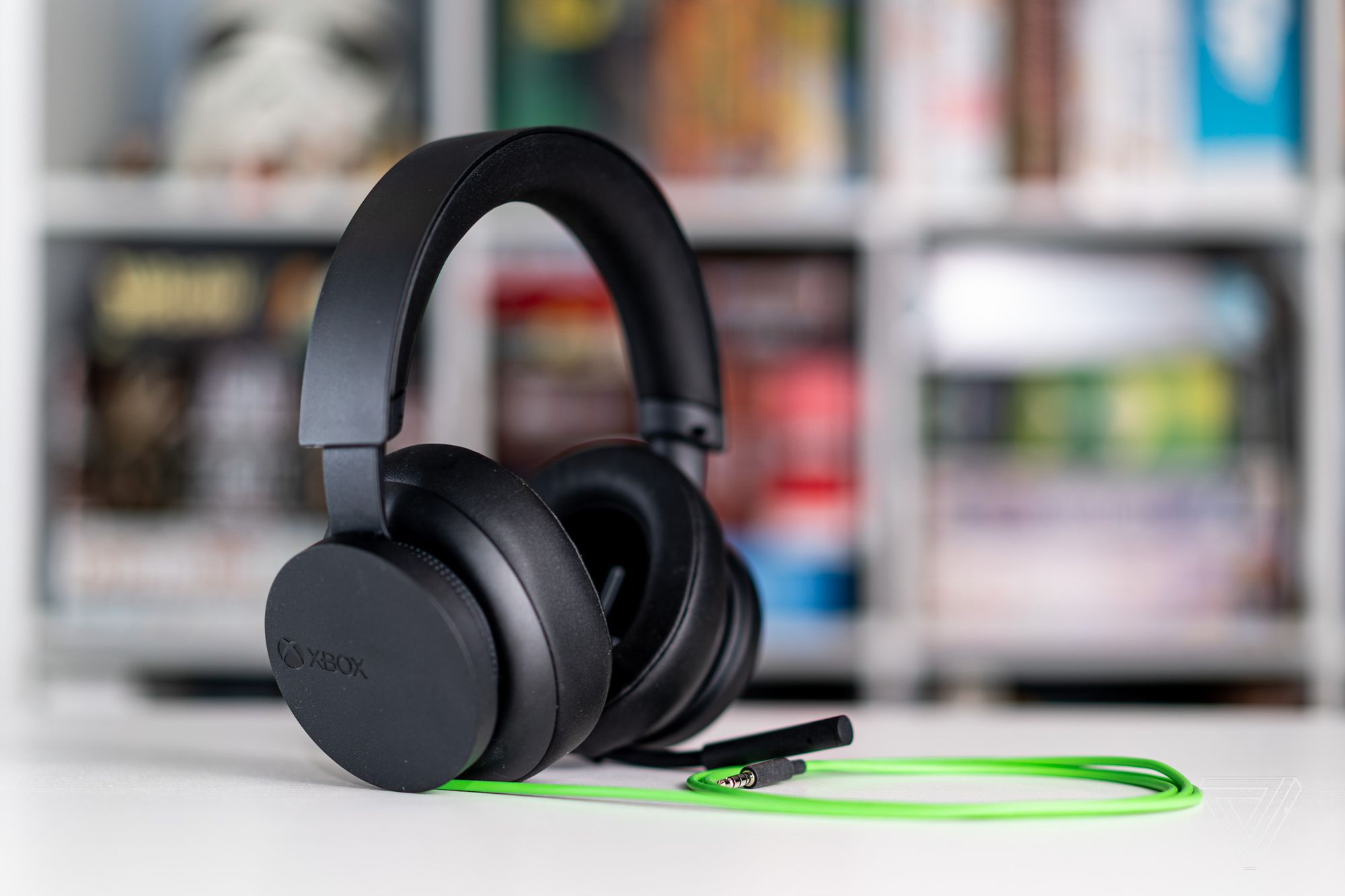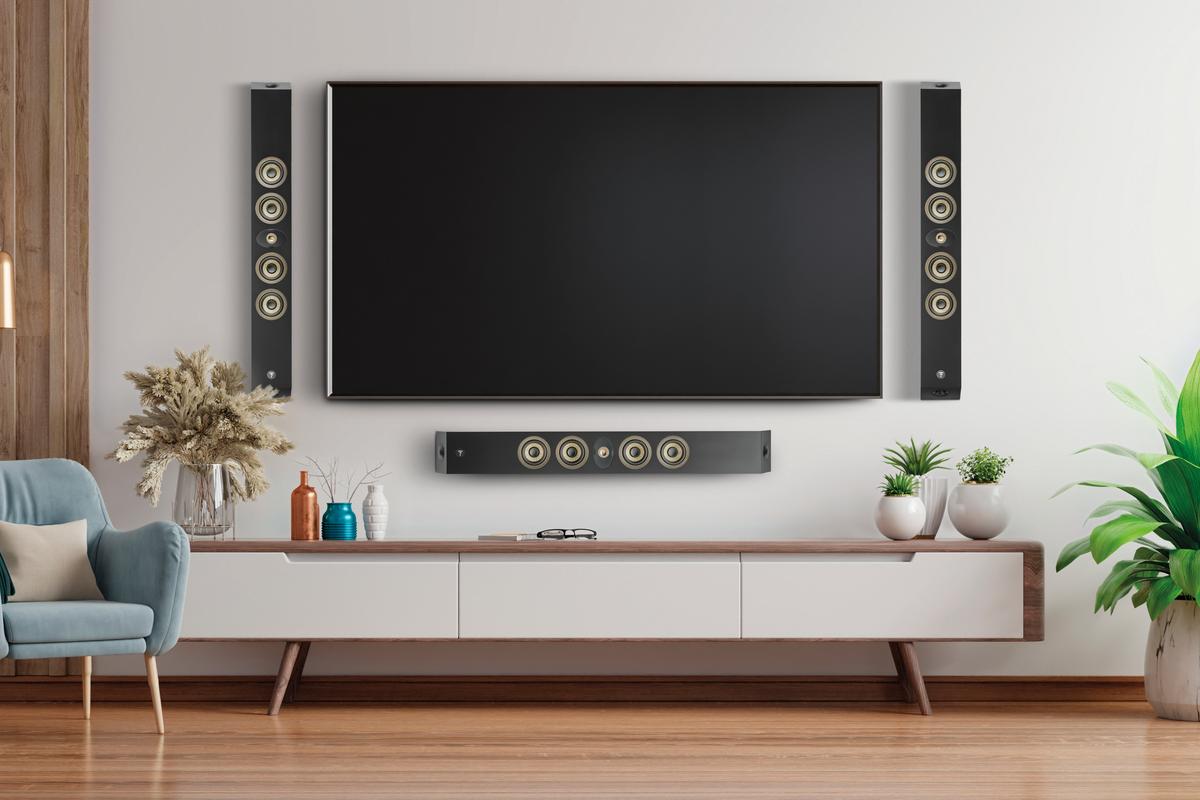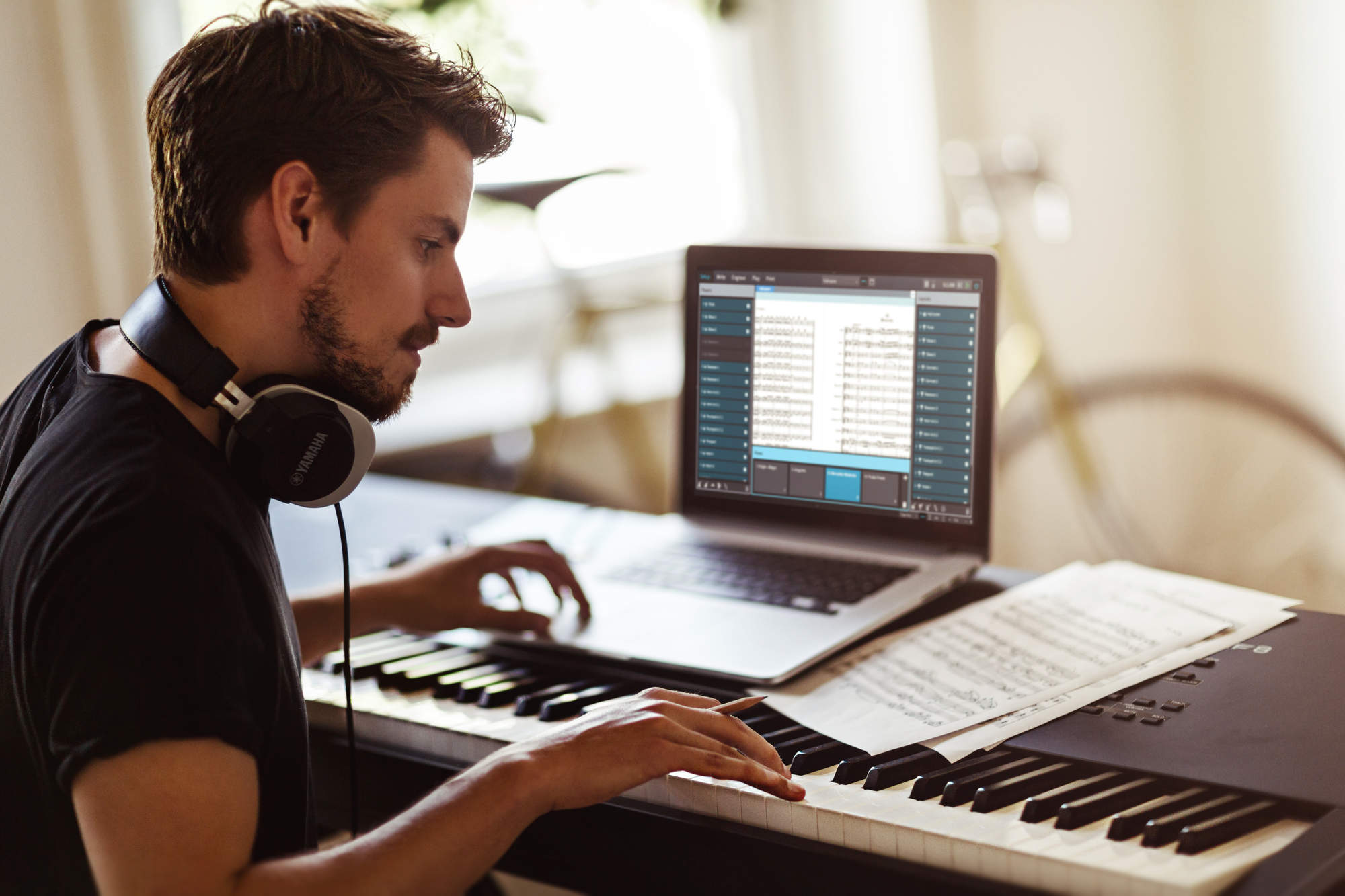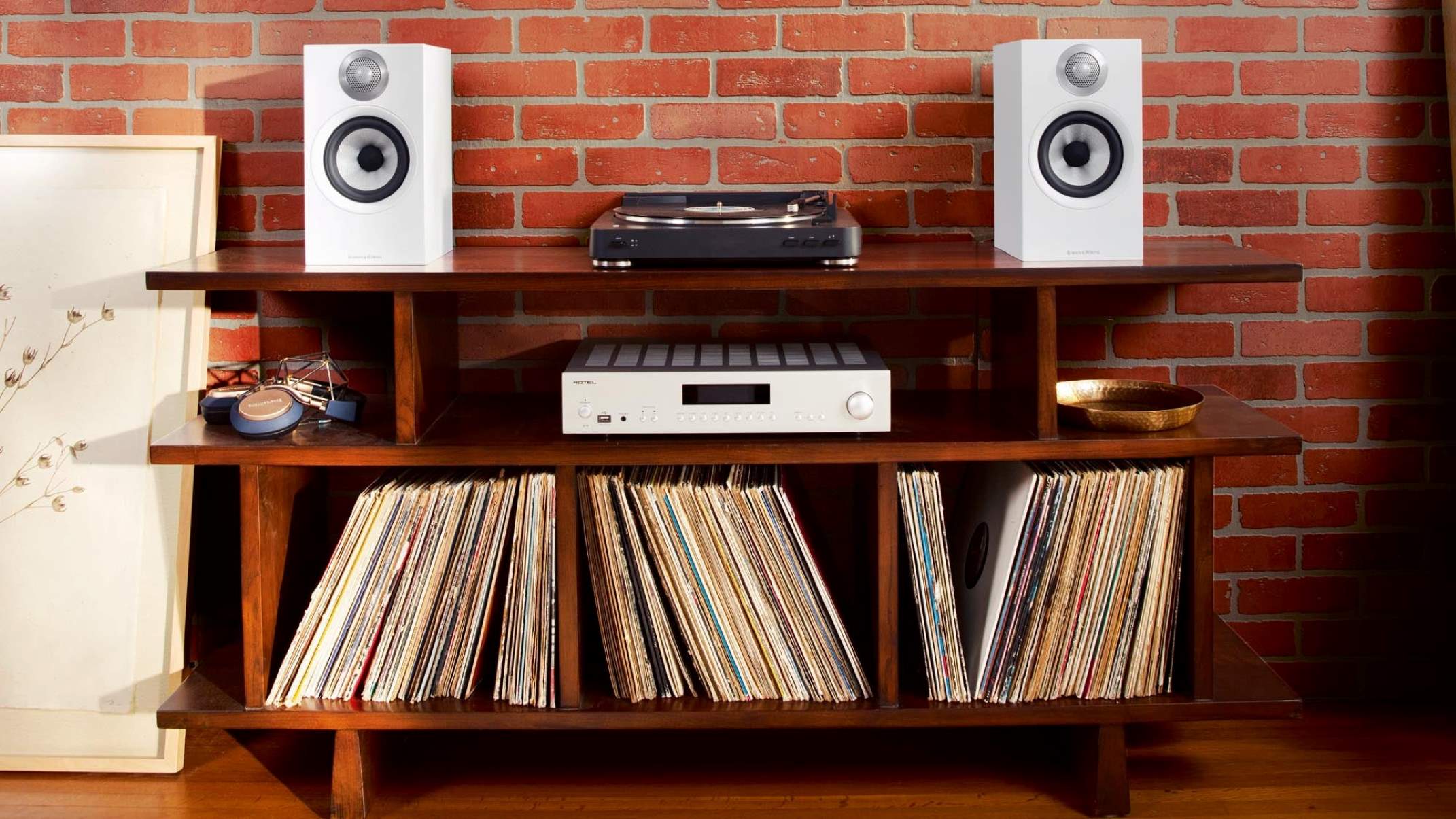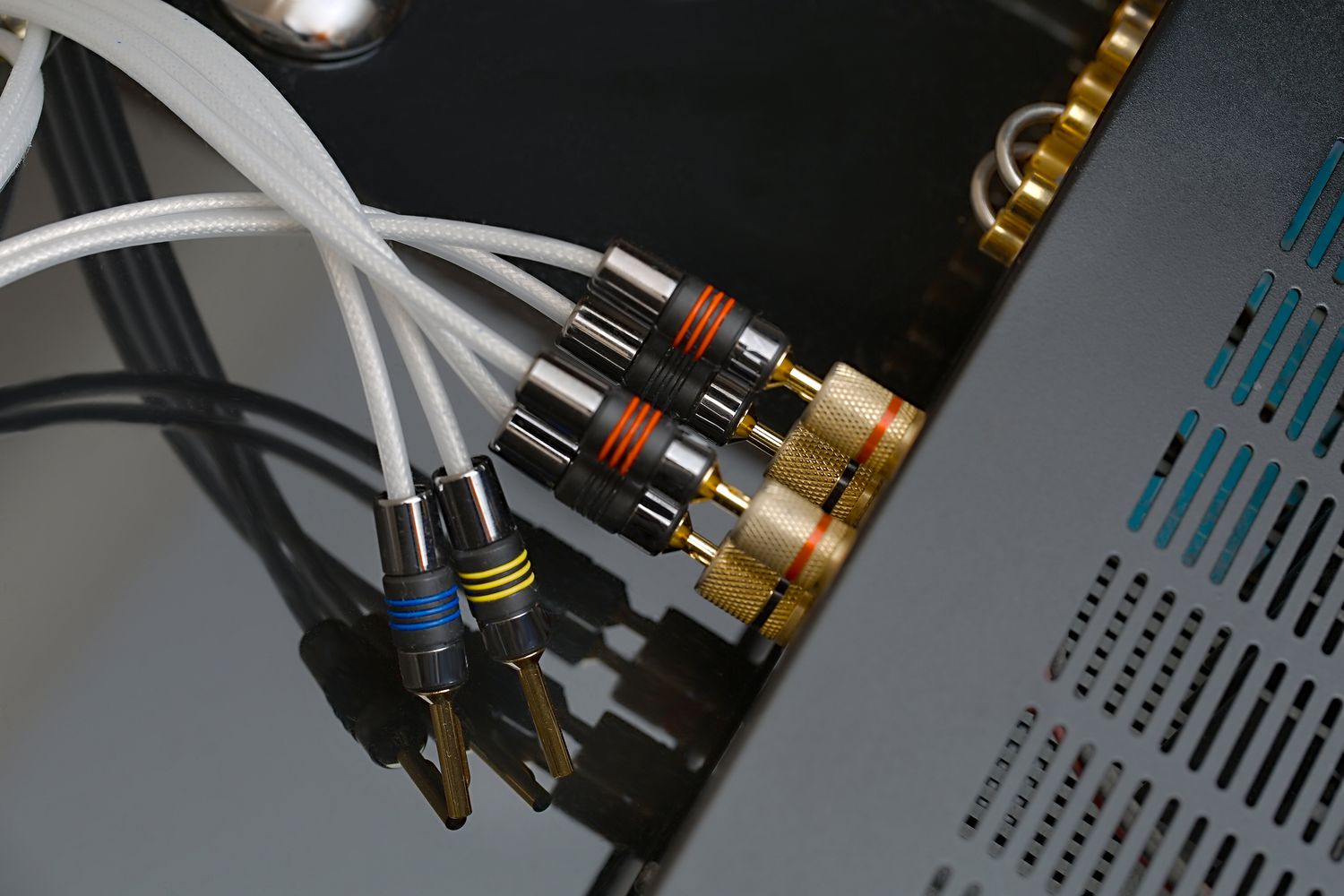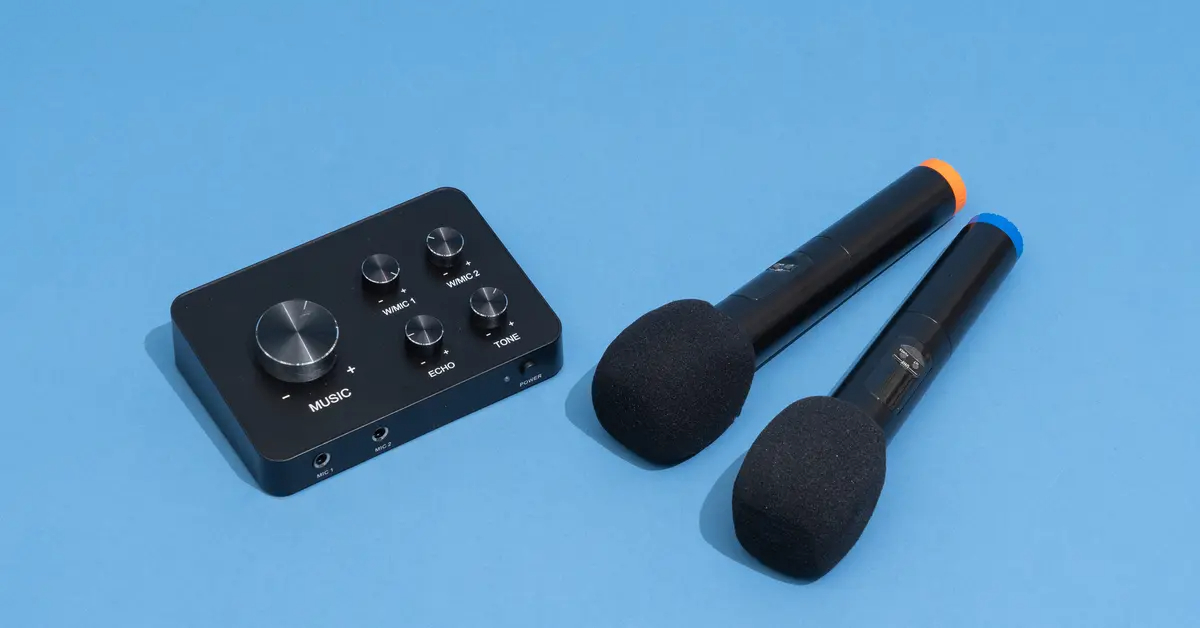Home>Production & Technology>Stereo>How To Connect Stereo Speakers To Headphone Jack


Stereo
How To Connect Stereo Speakers To Headphone Jack
Modified: January 22, 2024
Learn how to connect stereo speakers to your headphone jack, enabling you to enjoy high-quality audio from your devices. Follow our easy step-by-step guide today!
(Many of the links in this article redirect to a specific reviewed product. Your purchase of these products through affiliate links helps to generate commission for AudioLover.com, at no extra cost. Learn more)
Table of Contents
- Introduction
- Step 1: Gather the necessary materials
- Step 2: Determine the compatibility of your stereo speakers and headphone jack
- Step 3: Connect the stereo speakers to the headphone jack using an adapter
- Step 4: Test the connection and adjust volume levels
- Step 5: Troubleshooting common issues
- Conclusion
Introduction
Connecting stereo speakers to a headphone jack can be a convenient way to play audio from your devices through external speakers. Whether you want to enhance the sound quality of your music, watch movies with immersive audio, or simply enjoy a better audio experience, knowing how to connect stereo speakers to a headphone jack is a valuable skill to have.
In this article, we will guide you through the process of connecting your stereo speakers to a headphone jack, step by step. We will provide you with all the necessary information and tips to ensure a successful connection.
Before we start, it’s important to note that not all stereo speakers are compatible with headphone jacks. Some speakers may require additional equipment or adapters to establish a connection. We will cover these considerations in detail to help you make the right choices.
So, whether you have a laptop, smartphone, or any other device with a headphone jack, let’s dive into the steps to connect your stereo speakers and start enjoying high-quality audio.
Step 1: Gather the necessary materials
Before you begin, make sure you have all the required materials to successfully connect your stereo speakers to a headphone jack. Having everything at hand will save you time and ensure a smooth setup process. Here’s a list of the essential items you’ll need:
- Stereo speakers: Choose a pair of high-quality stereo speakers that are compatible with the audio output you plan to connect them to. Ensure that they have the right input connections, such as RCA, 3.5mm, or other types that match the headphone jack.
- Headphone jack adapter: Depending on the type of connection available on your stereo speakers, you might need a headphone jack adapter. These adapters allow you to convert and fit different input/output connectors together. Make sure to choose the appropriate adapter for your specific requirements.
- Audio cables: You’ll need audio cables to connect your stereo speakers to the headphone jack. The type of cable will depend on the connections available on your speakers and the adapter you’re using. Common types include RCA cables, 3.5mm audio cables, or even optical cables if your speakers support them.
- Device with headphone jack: Prepare the device from which you want to play audio. This can be a smartphone, laptop, tablet, or any other device with a standard 3.5mm headphone jack. Ensure that the device is capable of outputting audio through the headphone jack.
Once you have gathered all the necessary materials, you’re ready to move on to the next step: determining the compatibility of your stereo speakers and headphone jack.
Step 2: Determine the compatibility of your stereo speakers and headphone jack
Before you connect your stereo speakers to the headphone jack, it’s important to ensure that they are compatible with each other. Compatibility is crucial to establish a proper audio connection and avoid any potential issues.
To determine compatibility, you need to check two main factors:
- Input requirements of your stereo speakers: Examine the input connections available on your stereo speakers. Common inputs include RCA, 3.5mm, or optical. Ensure that your headphone jack adapter, if needed, matches the input connections on your speakers. For example, if your speakers have a 3.5mm input, you will need a headphone jack adapter with a 3.5mm output.
- Output capabilities of your device: Verify that your device’s headphone jack can output audio signals. Most devices with a headphone jack, such as smartphones, laptops, or tablets, support audio output. However, it’s always a good idea to check the device’s specifications or consult the user manual to confirm this.
Once you have confirmed the compatibility between your stereo speakers and headphone jack, you can proceed with the connection process. If any compatibility issues arise, you may need additional equipment or adapters to establish a successful connection.
By ensuring compatibility, you’ll have the confidence that your stereo speakers and headphone jack can work together harmoniously, resulting in an excellent audio experience. Now that you have confirmed compatibility, let’s move on to the next step: connecting the stereo speakers to the headphone jack.
Step 3: Connect the stereo speakers to the headphone jack using an adapter
Now that you have verified the compatibility of your stereo speakers and headphone jack, it’s time to establish the connection. To do this, you will need to use an adapter that matches the input connections on your speakers and the output connection of your headphone jack.
Follow these steps to connect your stereo speakers to the headphone jack:
- Plug one end of the audio cable into the headphone jack of your device.
- If required, connect the other end of the audio cable to the appropriate output port on your headphone jack adapter. For example, if you are using a 3.5mm to RCA adapter, connect the audio cable to the 3.5mm end of the adapter.
- Take the stereo speakers and locate the input connections. If using RCA connections, insert the corresponding plugs into the appropriate RCA ports on the speakers. If using a 3.5mm connection, plug the cable into the designated 3.5mm input jack on the speakers.
- If you are using an adapter, connect the adapter to the input connections on your speakers. Ensure a secure connection to avoid any audio disruptions.
- Power on your speakers and your device. Adjust the volume settings on both the device and the speakers to your preferred levels.
Once you have completed these steps, your stereo speakers should be successfully connected to the headphone jack. The audio signal from your device will now be transmitted to the speakers, providing you with an enhanced sound experience.
Note that the specific steps may vary depending on the type of speakers, headphone jack, and adapter you are using. Always refer to the user manuals or documentation provided by the manufacturers for detailed instructions specific to your equipment.
In the next step, we will cover testing the connection and adjusting volume levels to ensure optimal sound quality. Let’s move on!
Step 4: Test the connection and adjust volume levels
After connecting your stereo speakers to the headphone jack, it’s essential to test the connection and adjust the volume levels to ensure optimal sound quality. This step will allow you to fine-tune the audio settings and make any necessary adjustments.
Here’s how to test the connection and adjust the volume levels:
- Play an audio file or video on your device that has sound.
- Ensure that the audio is being output through the headphone jack. If not, go to the device’s sound settings and switch the audio output to the headphone jack.
- Gradually increase the volume on both your device and the stereo speakers. Test different volume levels to find the one that suits your preference. Be cautious not to set the volume too high initially to avoid any potential speaker damage.
- Listen for any distortions, crackling sounds, or unusual noises. If you encounter any issues, double-check the connections and make sure they are secure. Also, ensure there are no obstructions or interference near the cables or speakers that could affect the audio quality.
- Once you are satisfied with the sound quality, you can sit back and enjoy your audio through the stereo speakers connected to the headphone jack.
Remember that different devices and speakers may have individual volume controls. It’s a good idea to experiment with these settings to find the optimal balance between the device volume and the speaker volume.
If you find that the volume levels are still not ideal or the audio quality is not satisfactory, you may need to make further adjustments. This could involve adjusting equalizer settings, utilizing audio enhancement software, or considering alternative speaker options for a better audio experience.
Now that you have tested the connection and adjusted the volume levels, you can troubleshoot any common issues that may arise in the next step. Let’s proceed!
Step 5: Troubleshooting common issues
While connecting stereo speakers to a headphone jack is generally a straightforward process, you may encounter some common issues along the way. However, don’t worry! Most problems can be easily resolved with a few simple troubleshooting steps. Here are some common issues and their possible solutions:
- No sound or low sound: If you’re not hearing any sound or the audio is too low, check the following:
- Ensure that the audio cable connections are secure and properly plugged in.
- Confirm that the volume levels on both the device and the speakers are turned up.
- Check if the headphone jack adapter is functioning correctly.
- Try using a different adapter or test the speakers on a different device with a working headphone jack to identify the source of the problem.
- If the adapter is faulty, replace it with a new one.
- Distorted sound or interference: If you are experiencing distorted or noisy audio, consider the following:
- Make sure there are no loose connections or damaged cables.
- Check for any electromagnetic interference sources near the cables or speakers, such as other electronic devices or power cords, and move them away if necessary.
- Verify that the audio settings on your device are not set too high, as this can cause distortion in the audio signal.
- Unbalanced sound: If the sound from one speaker is louder than the other, perform the following checks:
- Ensure that the audio cable connections are secure on both speakers.
- Check the balance settings on your device’s audio settings. Make sure the balance is set to the center or adjust it accordingly to achieve a balanced sound output.
- If using an adapter, check that it is functioning correctly and properly connected to both speakers.
If you have followed these steps and the issues persist, consult the user manuals of your stereo speakers, device, and headphone jack adapter for more specific troubleshooting instructions. Additionally, you may consider seeking assistance from the manufacturer’s customer support.
By troubleshooting these common issues, you can ensure a smooth and enjoyable audio experience with your stereo speakers and headphone jack connection. Now that you have successfully set up and troubleshooted the connection, it’s time to wrap up.
Conclusion
Congratulations! You have successfully learned how to connect stereo speakers to a headphone jack. By following the steps outlined in this guide, you can now enjoy high-quality audio from your devices through external speakers.
Remember to gather all the necessary materials before getting started, ensuring compatibility between your stereo speakers and headphone jack. Use the appropriate adapters and cables to establish a secure connection. Test the connection and adjust the volume levels to your preference.
If you encounter any issues, don’t panic. Many common problems can be easily resolved with some troubleshooting steps. Check your connections, verify settings, and look out for interference that may affect the audio quality.
Connecting stereo speakers to a headphone jack opens up a world of possibilities for enhancing your audio experience. Whether you want to enjoy your favorite music, watch movies with immersive sound, or engage in gaming with enhanced audio effects, this setup can provide a more immersive and enjoyable experience.
Keep in mind that the specific steps and equipment may vary depending on the devices and speakers you have. Always refer to the user manuals and documentation provided by the manufacturers for detailed instructions tailored to your specific setup.
Now that you have the knowledge and skills to connect stereo speakers to a headphone jack, go ahead and elevate the way you listen to audio. Enjoy the enhanced sound quality and immerse yourself in a more dynamic and immersive audio experience.
Happy listening!


